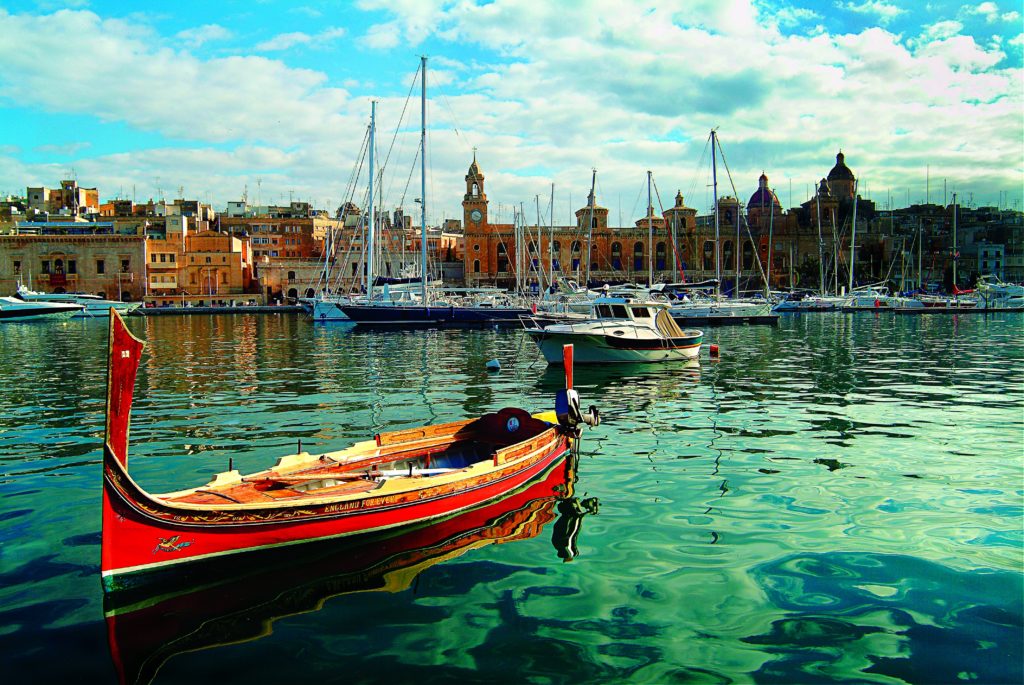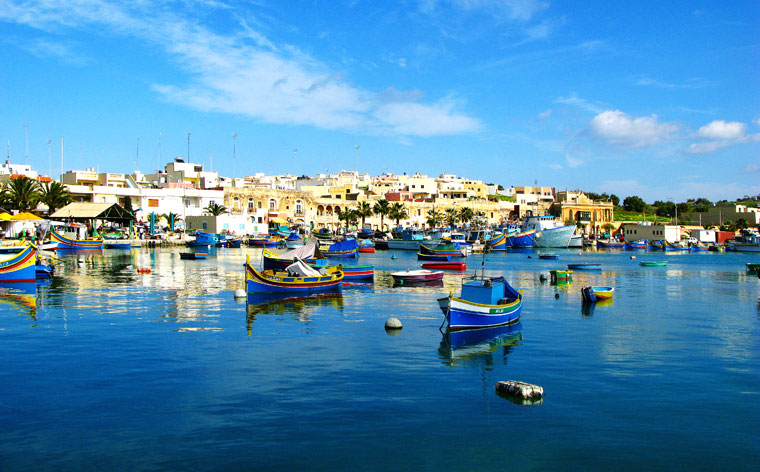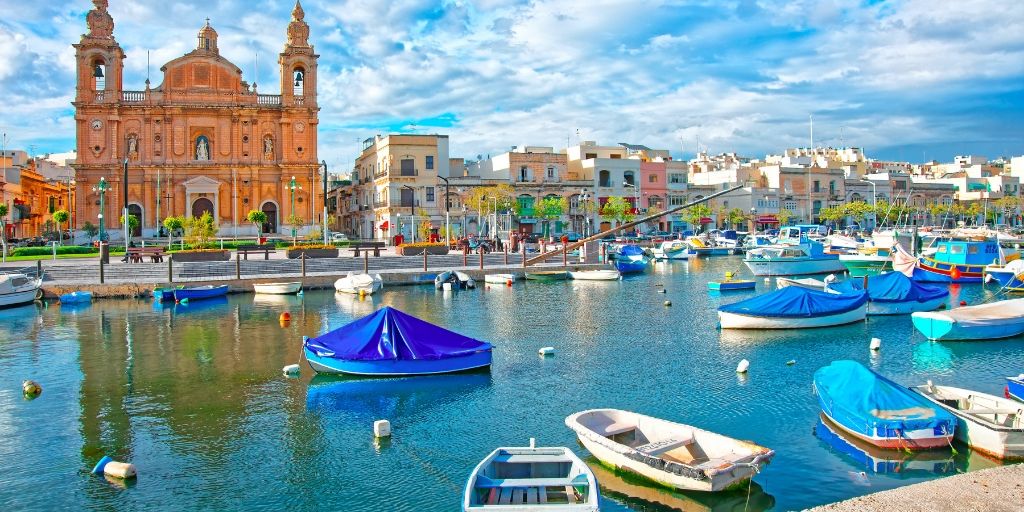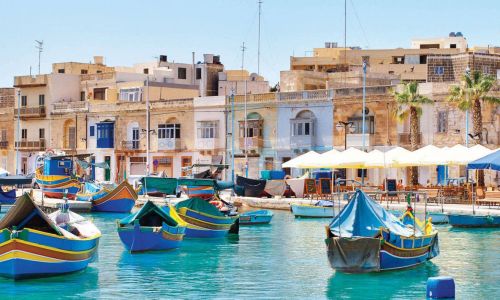Malta, a small island nation in the Mediterranean Sea, may not be the first destination that comes to mind when planning a historical trip. However, with a rich history spanning over 7,000 years, Malta has become a must-visit destination for history buffs.
Despite its size, Malta has been host to various civilizations, including the Phoenicians, Romans, Knights of St. John, Napoleon, and the British Empire, all of which have left their mark on the island’s culture and heritage.
While some may argue that Malta’s size limits the potential for exploration, this couldn’t be further from the truth. In fact, Malta’s compact size makes it easy to explore its historical sites and cultural heritage.
With phenomenal fortifications, awe-inspiring architecture, and some of the oldest free-standing temples in the world, Malta offers a journey through time from prehistoric times to modern day.
In this article, we will delve into Malta’s civilization timeline, highlight some of its historical attractions, and explore its rich cultural heritage. So, whether you’re a seasoned traveler or a curious history enthusiast, get ready to explore Malta’s 7,000 years of fascinating history!
Malta’s Civilization Timeline
The rich history of Malta includes various civilizations, spanning over 7,000 years, such as the Phoenicians, Romans, Knights of St. John, Napoleon, and the British Empire. A timeline of Malta’s civilizations can be explored to better understand its history.
The Phoenician influence can be traced back to around 700 BC when they established a trading post on the island. The Romans also left their mark on Malta, occupying the islands between 218 BC and 870 AD. They left behind impressive structures such as the ancient city of Mdina and the Roman Villa.
Throughout its history, Malta has been a strategic location for various civilizations due to its position in the Mediterranean Sea. The diverse range of civilizations that have inhabited Malta has created a unique blend of cultures and architectural styles that can still be seen today.
A timeline of Malta’s civilizations provides an insight into the country’s past and how it has been shaped by the different cultures that have called it home.
Historical Attractions
From ancient temples to impressive fortifications, Malta’s historical attractions offer a glimpse into the diverse civilizations that have shaped the island’s past.
The Islands are home to some of the oldest free-standing temples in the world, such as the Megalithic Temples of Malta, which date back to 3600 BC. These temples showcase the incredible architectural and design skills of the prehistoric people who built them, and offer a fascinating insight into their religious beliefs and practices.
Aside from temples, Malta also boasts phenomenal fortifications, such as the Grand Harbour, which has been used as a strategic naval base since Phoenician times. Other noteworthy fortifications include the fortified city of Valletta, which was built by the Knights of St. John in the 16th century, and the fortified city of Mdina, which dates back to the 8th century BC.
The impressive architecture and design of these fortifications showcase the military prowess of the civilizations that once inhabited Malta, and offer a glimpse into the strategic importance of the islands throughout history.
Cultural Heritage
Malta’s cultural heritage is a rich tapestry of diverse civilizations that have left their mark on the island’s history.
From the Phoenicians to the British Empire, Malta has been influenced by various cultures that have contributed to its unique identity.
The island’s traditional cuisine is a reflection of its cultural diversity, with influences from Italy, North Africa, and the Middle East. Maltese cuisine is known for its hearty stews, fresh seafood, and sweet pastries, all of which are a testament to the island’s rich culinary heritage.
In addition to its cuisine, Malta is known for its cultural festivals which celebrate the island’s history and traditions. Festivals such as Carnival and the Feast of St. Paul’s Shipwreck are popular events that attract visitors from all over the world.
These festivals are an opportunity to experience Malta’s vibrant culture and to learn more about its history. Overall, Malta’s cultural heritage is a vital part of the island’s identity and is a must-see for anyone interested in history and culture.
Frequently Asked Questions
What impact did Malta’s history have on its language and culture?
Despite Malta’s rich history and cultural heritage, the island’s language and customs have been largely influenced by foreign powers such as the Phoenicians, Romans, and British Empire. This has made Malta a popular destination for heritage tourism.
How did Malta’s history shape its economy and trade relations with other civilizations?
Malta’s trade legacy was shaped by its strategic location in the Mediterranean and the influence of various civilizations. Archaeological discoveries have shed light on Malta’s economic activities, including trade relations with North Africa and the Middle East, throughout its history.
What role did religion play in Malta’s history and how has it evolved over time?
Religious practices and cultural beliefs have played a significant role in shaping Malta’s history. From prehistoric times to the present day, Malta has been home to various religious communities, including the Phoenicians, Romans, Knights of St. John, and the British Empire. The evolution of religion in Malta has influenced its societal norms and cultural values, making it a fascinating subject to explore.
What were the major conflicts and wars that took place in Malta throughout its history?
Throughout Malta’s history, the island has faced numerous conquests and sieges, including invasions by the Phoenicians, Romans, and Ottomans. These conflicts have left their mark on Malta’s language and culture, with influences and adaptations seen in the island’s traditions and customs.
How has Malta preserved and maintained its historical sites and artifacts for future generations?
Malta has implemented various preservation techniques to maintain its historical sites and artifacts for future generations. These include ongoing maintenance, restoration projects, and strict regulations on excavation and archaeological discoveries.













